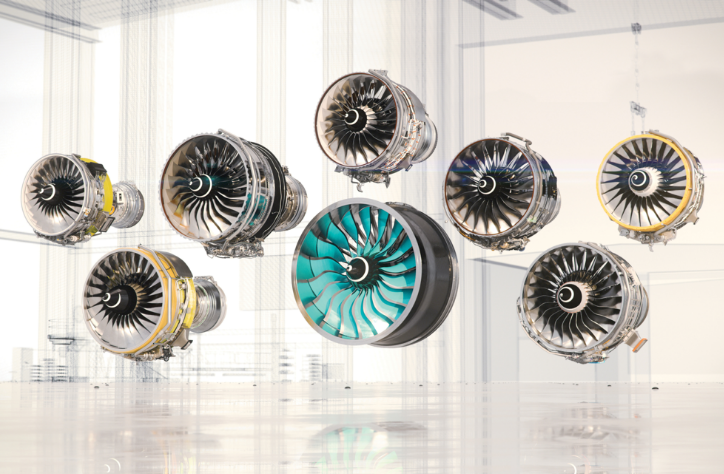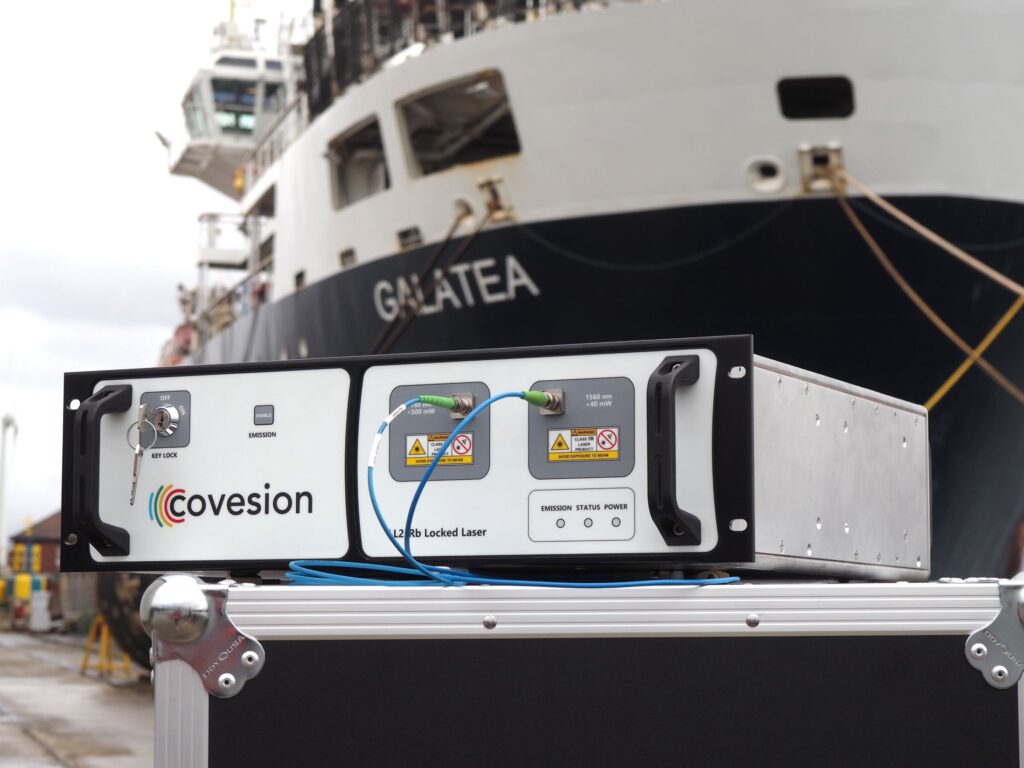Insider Brief
- TAU Systems and Lawrence Berkeley National Laboratory have demonstrated intense, coherent light pulses from a free-electron laser (FEL) driven by a compact laser-plasma accelerator (LPA), marking a key milestone in making powerful FEL systems widely accessible.
- Unlike kilometer-long traditional FELs that cost billions, the TAU-Berkeley system uses a millimeter-scale plasma structure to achieve high acceleration fields—up to 2,000 times stronger than conventional accelerators—enabling compact and cost-effective machines.
- This achievement paves the way for table-top X-ray FELs with applications across semiconductors, quantum computing, and biology, offering high-resolution imaging and advanced lithography techniques previously limited to national labs.
A public-private collaboration reports taking a major step toward shrinking billion-dollar particle accelerators to the size of a lab bench.
Backed by the Department of Energy and the Gordon and Betty Moore Foundation, researchers at Lawrence Berkeley National Laboratory and TAU Systems Inc. report having successfully demonstrated intense, coherent light pulses from a free-electron laser (FEL) powered by a compact laser-plasma accelerator. The research, described in Physical Review Letters, shows that tabletop-scale FELs, once considered out of reach, may soon be viable, according to Tau Systems.
The work is part of a public-private partnership between the national lab and Texas-based TAU Systems. It aims to replace traditional particle accelerators—massive machines that stretch for kilometers and cost billions to operate—with systems that achieve the same performance using laser-driven acceleration within meters. According to the researchers, the key technology, known as laser-plasma acceleration, uses short laser pulses to create powerful electric fields in ionized gas, or plasma, capable of accelerating electrons to high energies over very short distances.

This acceleration method delivers fields 2,000 times stronger than conventional radio-frequency cavities, which are limited by metal components that break down under high voltages. TAU Systems and the University of Texas previously showed that electrons could be accelerated to 10 billion electron volts (10 GeV) over just 10 centimeters using this approach. Berkeley Lab has demonstrated similar results with slightly different plasma setups.
According to TAU, the new study advances that work by proving that these high-energy electrons can drive a free-electron laser—a type of light source that generates coherent, tunable beams of radiation. Free-electron lasers have been essential tools for imaging matter at the atomic scale, enabling discoveries in biology, chemistry, and materials science. But until now, they have relied on the massive infrastructure of large research facilities.
By achieving exponential gain in light intensity and sustained beam quality over multiple tests, the team demonstrated that laser-plasma accelerators can meet the strict demands of FEL operation. The laser-driven setup was tested at Berkeley Lab’s BELLA Center, where researchers achieved stable coupling of electron beams through undulators—devices that force electrons to emit light—and consistent output of coherent light pulses.
“What that ultimately means is that you can generate the same high energy electron beams that a campus sized facility can with a compact machine that any university, lab, and most importantly a company can own and operate with just two people,” Dr. Bjorn Manuel Hegelich, CEO and Founder of TAU Systems, said in a statement. “This democratizes access and allows the development of all the fantastic scientific proof-of-principles shown at large facilities to be developed into relevant applications. With these new machines we can advance decades of publicly funded research from Technical Readiness Level 1-3 to TRLs of 6-9 and bring them to market for applications from medical theranostics to semiconductors and quantum computers and materials.”
The implications stretch across industries. Compact FELs could bring ultrafast X-ray imaging to hospitals, protein research to university labs, and semiconductor fabrication tools to chipmakers. Potential uses include hydrogen desorption in quantum device manufacturing, stabilizing quantum states for computing, and real-time imaging of material changes at the nanoscale.
TAU Systems provided core expertise in beam dynamics and system design, contributing to a Cooperative Research and Development Agreement (CRADA) with Berkeley Lab. The private company aims to position itself as a supplier of high-performance, compact accelerators for commercial use in medicine, materials, and computing.
“As part of this effort, we are applying our long-standing expertise in a type of advanced accelerator called laser plasma acceleration to shrink XFELs,” said staff scientist in the Accelerator Technology & Applied Physics (ATAP) Division at Berkeley Lab Sam Barber. “This is a big result.”
















